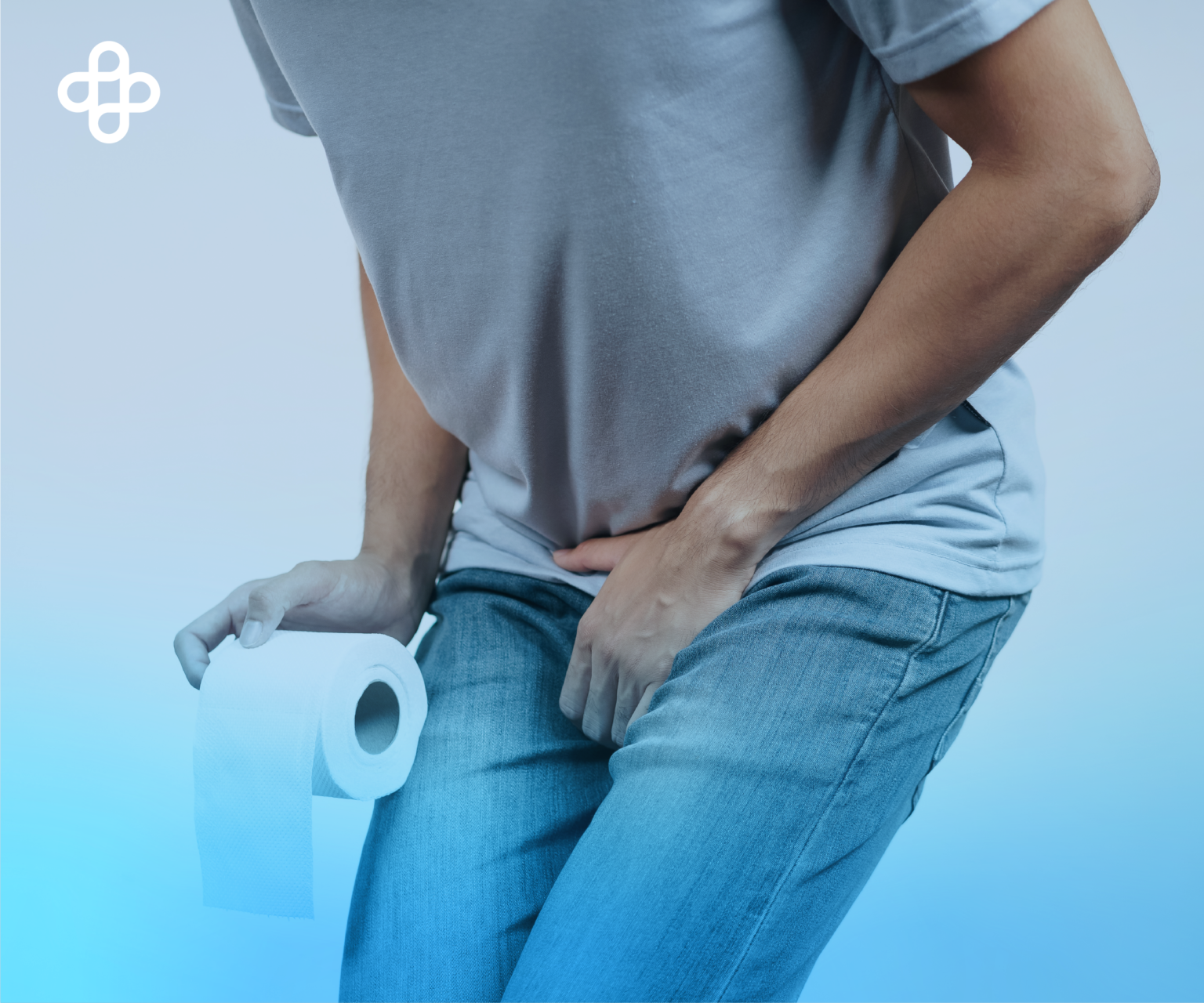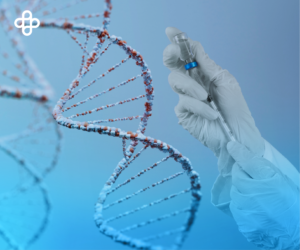Symptoms of prostate inflammation. Prostate inflammation, or prostatitis, can cause discomfort, urinary issues, and sexual dysfunction. Learn about its symptoms and how to identify them early.
What Are the Symptoms of Prostate Inflammation?
Prostatitis is characterized by pain, swelling, and inflammation of the prostate gland, often accompanied by additional symptoms depending on the specific type of prostatitis.

As discussed in our article “What Is Prostate Inflammation?“, there are several types of prostatitis:
- Acute bacterial prostatitis
- Chronic bacterial prostatitis
- Chronic pelvic pain syndrome (CPPS)
- Inflammatory CPPS
- Non-inflammatory CPPS
- Asymptomatic inflammatory prostatitis
In symptomatic cases, most discomfort is caused by muscle spasms in the bladder and pelvic region, particularly in the perineum (the area between the scrotum and anus).
Pain is typically felt in the perineum, lower back, penis, and testicles. Many men experience increased urinary frequency, the urgency to urinate, and painful urination. Erections and ejaculation may become sore or difficult. Additionally, some individuals suffer from constipation, making bowel movements painful.
Symptoms of Acute Bacterial Prostatitis
Acute bacterial prostatitis tends to present with more severe symptoms, such as:
- High fever and chills
- Difficulty urinating
- Blood in the urine
- Severe pelvic pain
If left untreated, acute bacterial prostatitis can lead to complications, such as:
- Abscess formation in the prostate (pus accumulation)
- Epididymitis (inflammation of the epididymis, a tube at the back of the testicles)
Comprehensive List of Prostatitis Symptoms
According to the National Cancer Institute (NIH), the primary symptoms of prostatitis include:
Urinary Symptoms
- Frequent urination (especially at night)
- Urgency to urinate
- Weak urine flow
- Burning sensation or pain while urinating
Pelvic and Genital Symptoms
- Pain in the lower abdomen, groin, or behind the scrotum
- Pressure or pain in the rectal area
- Painful ejaculation or reduced libido
- Genital and rectal throbbing
- Discharge from the urethra during bowel movements
Additional Symptoms
- Lower back pain or body aches
- Chills and fever
- Fatigue and general discomfort
When to See a Doctor
Consult a healthcare provider if you experience urinary difficulties, pain, or persistent discomfort. Inform your doctor if you:
- Fifthly, the need to urinate frequently during the day
- Secondly, experience a sudden urgency to urinate
- Thirdly, A Weak or interrupted urine stream
- Fourthly, feeling burning or pain when urinating
- Finally, waking up frequently at night to urinate

Diagnostic Tests for Prostatitis
To confirm a prostatitis diagnosis, doctors may conduct:
- A digital rectal exam (DRE) involves checking the prostate gland for swelling or tenderness.
- Urine tests: These detect infection or inflammation.
- Blood tests: These assess overall prostate health.
An accurate diagnosis is crucial for proper treatment. Completing any prescribed treatment is essential to prevent recurrence even if symptoms disappear.
Innovative Approaches: Stem Cell Therapy for Prostatitis
New treatments, including stem cell therapy, are emerging to address chronic prostate inflammation. To explore how stem cells can aid prostate health, read our article “Stem Cells and Prostate Inflammation.”





